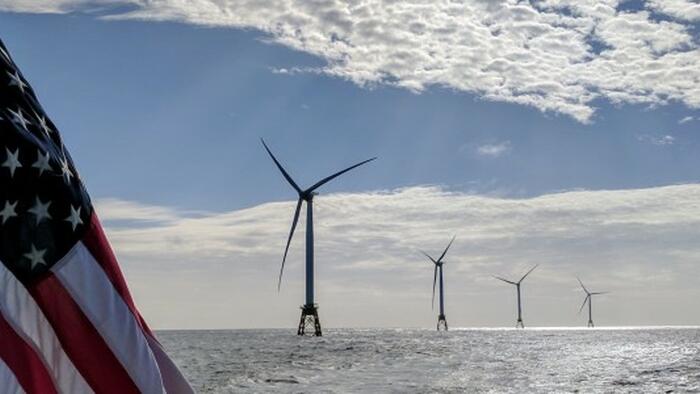


By Julianne Geiger of OilPrice.com
The Commerce Department just opened a Section 232 “national security” probe into imported wind turbines and parts—quietly on Aug. 13, publicly today. That matters because 232 isn’t a press release; it’s a legal on-ramp to more tariffs on top of the new 50% duty already applied to the steel and aluminum content in turbines and components.
Here’s the operational read: the U.S. wind build is heavily import-dependent for blades, drivetrains, and electrical systems. In 2023, the U.S. brought in about $1.7B of wind equipment, with roughly 41% from Mexico, Canada, and China. If you tax the metal inside the machine—and potentially layer more 232 duties later—you squeeze project profit margins, renegotiate Power Purchase Agreements (PPAs—long-term contracts to sell the power), or delay FIDs. None of those outcomes lowers your Levelized Cost of Energy (LCOE—think of it as the average lifetime price per unit of electricity once you add up all the costs).
Wood Mackenzie pegs the tariff bite at +7% for turbine costs (+5% total project costs) under the earlier tariff proposals; in a universal 25% tariff scenario, turbine costs could rise ~10% and LCOE up ~7%. And that was before Commerce slapped a 50% surcharge on the steel/aluminum content—so the floor just moved higher. Expect original equipment manufacturers to reroute supply chains, localize sub-assemblies, and raise prices anyway. Vestas has already said the quiet part out loud: these costs flow straight through to electricity prices.
Don’t confuse this with an offshore-only story. Onshore wind is where the bulk of U.S. volume lives, and it’s far more sensitive to every $/kW swing, gearbox delivery delay, and tower steel price jump. Section 232 is also being deployed against other “critical” imports (planes, chips, pharma), so wind isn’t a one-off carve-out—it’s part of a broader, durable trade posture that project finance now has to underwrite.
Winners and losers? Near-term winners include U.S. tower fabricators and any blade/drivetrain maker who can credibly and quickly localize. Losers are developers stuck with fixed-price PPAs and engineering firms with thin contingencies. Grid bottlenecks and permitting are still the bigger choke points, but tariffs aren’t a rounding error anymore—they’re line-item pain.
The probe suggests that “buy more domestic, pay more near-term” is policy, not rhetoric. Expect delayed Commercial Operation Dates (CODs—the day projects actually flip the switch and start earning revenue), tougher PPA negotiations, and a faster push to U.S. content. Wind still looks okay economically on paper, just with a higher metal cost and a thinner margin for error.
